News
Discrepancy in compensation for terror victims highlighted
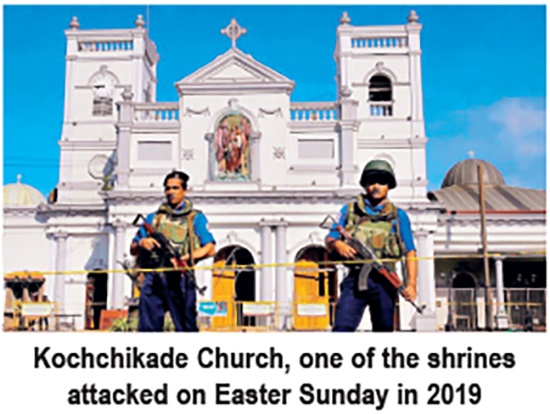
Easter Sunday probe:
By Rathindra Kuruwita
There was no uniform policy on compensating those killed or injured in terror attacks or riots and political influence had help those affected by riots in Digana and Beruwala receive higher compensation than the victims of Easter Sunday attacks, the Presidential Commission of Inquiry on the Easter Sunday attacks was informed yesterday.
Acting Director of the Office of Reparations S. M. Bathiudeen told the PCoI that one million rupees each had been paid for the persons killed during the Easter Sunday attacks. However, two million rupees each had been paid for those killed during the anti-Muslim riots in Digana and Beruwala, he said.
“We have received 220 applications from families of those killed during the Easter Sunday attacks. Rs. 220 million was paid to these individuals. The Cabinet also decided to pay a maximum of Rs. 500,000 to those who were injured. Rs. 86 million was paid to 506 applicants. There was also a cap of Rs. 5 million for properties that were damaged.”
The families of those who died during the Digana and Beruwala riots were paid Rs. 2 million each and there was no cap as regards damages caused to properties.
Bathiudeen said: “There was a meeting at the Kandy Kachcheri after the Digana riots. The then PM Ranil Wickremesinghe, Ministers Rauff Hakeem and Lakshman Kiriella and Kandy MPs were present. They decided on the amounts to be paid. Those who were injured at Digana were also compensated without medical reports.”
Bathiudeen said that people frequently asked him why they had been paid less than others who had been in a similar situation. The amount to be paid was not decided by the Office of Reparations, but by politicians. It was unfair that only Rs. 100,000 each was paid for those killed in the North.
“We don’t decide on the figures. We are not even asked. We are sent Cabinet papers and we implement them,” Bathiudeen said.
Bathiudeen was then cross-examined by Shamil Perera, PC, who represents the Archbishop of Colombo, Malcolm Cardinal Ranjith.
Shamil Perera: “How much was an injured person to be paid?”
Bathiudeen: “The Cabinet decided to put a cap of Rs. 500,000 as regards the victims of the Easter Sunday attacks. But people were paid less based on medical reports. We judged the effect of these injuries would have on his or her earning capacity.”
Perera PC: “You said that 280 injured persons of the blast at Katuwapitiya Church were compensated. However only 32 victims have received Rs. 500,000. Meanwhile 147 people, the overwhelming majority, received only Rs. 50,000 each. At Kochchikade 102 were injured. Only 13 victims received Rs. 500,000 each. Meanwhile 40 people received only Rs. 50,000 each. Did you know that these people had serious injuries”
Bathiudeen: “Yes.”
Perera PC: “Many people had to undergo surgeries. Is Rs. 500,000 enough for a surgery?’
Bathiudeen: “It’s true. The Cabinet took this decision”.
Perera PC: “Do you know that the Catholic Church paid for the surgeries?”
Bathiudeen: “No.”
Perera PC: “You said that those who died at Digana and Beruwala received higher amounts due to political influence.”
Bathiudeen: “As I said the numbers were agreed upon during the meeting at the Kandy Kachcheri. The then Minister of Rehabilitation D. M. Swaminathan prepared the first draft. The Finance Ministry headed by then PM Ranil Wickremesinghe then amended the Cabinet paper.”
A Commissioner: “Politicians didn’t try to increase compensation for Easter Sunday attack victims?”
Bathiudeen: “Politicians on different occasions decide on various numbers.”
Perera, PC: “Do you agree that the compensation paid to Easter Sunday attack victims is not enough?”
Bathiudeen: “The amount is less than what was paid to the victims in Digana and Beruwala.”
Latest News
Cabinet approves recruitment of 2,284 to government service
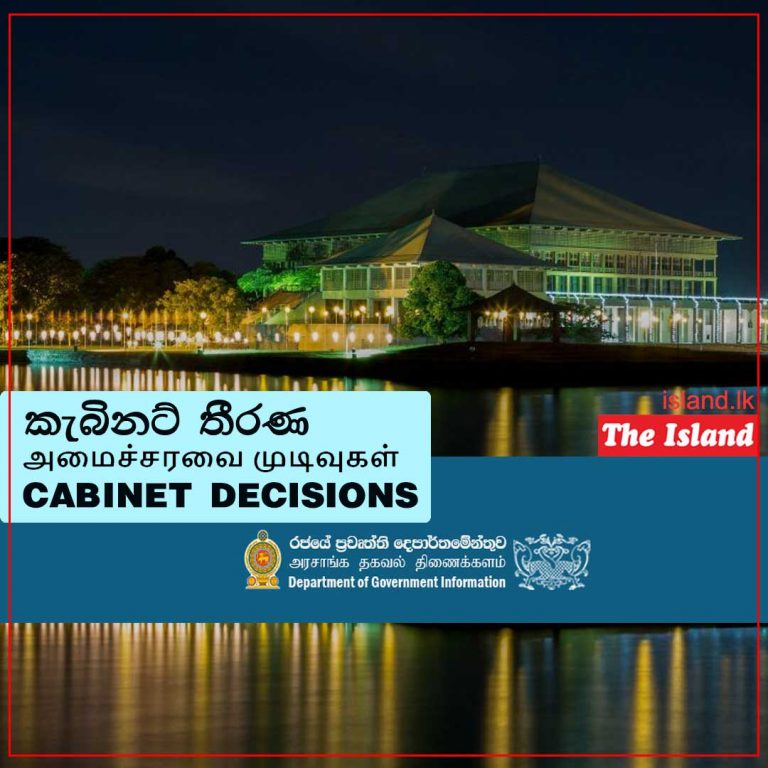
The Cabinet of Ministers granted approval to the proposal submitted by the Prime Minister to recruit 2,284 to the government service as per the recommendations of the ‘Committee appointed to review the recruitment process of the Government Service at its meeting held on 14.11.2025.
1. Ministry of Education, Higher Education and Vocational Education 196
2. Ministry of Health and Mass Media 480
3. Ministry of Public Administration, Provincial Councils and
Local Governments 04
4. Ministry of Finance, Policy Planning and Economic
Development 19
5. Ministry of Transport, Highways and Urban Development 778
6. Ministry of Justice and National Integration 222
7. Ministry of Trade, Commerce, Food Security and Cooperative Development 107
8. Ministry of Defense 73
9. Ministry of Fisheries, Aquatic and Ocean Resources 20
10. Ministry of Public Security and Parliamentary Affairs 21
11. Ministry of Industries and Entrepreneurship Development 36
12. Ministry of Buddha Shasana, Religious and Cultural Affairs
04
13. Ministry of Plantation and Community Infrastructure
Facilities 02
14. Ministry of Agriculture, Livestock, Lands and Irrigation 74
15. Western Provincial Council 230
16. Uva Provincial Council 08
17. North Western Provincial Council 08
18. Finance Commission 02
Latest News
Cabinet green light to obtain a grant from the Asia Pacific Disaster Response Fund for post – disaster relief and rehabilitation activities
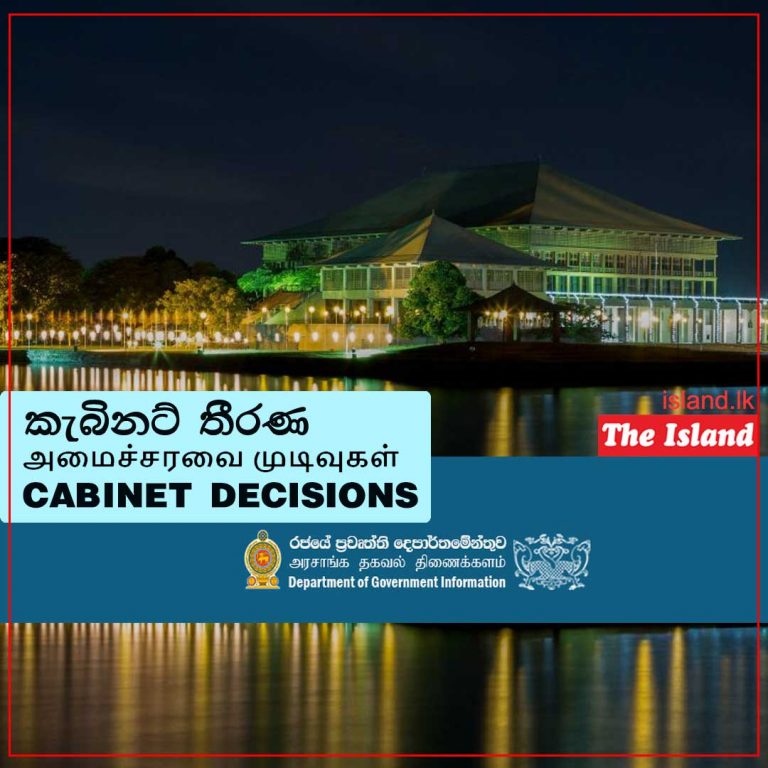
On a request made by the government of Sri Lanka, the Asian Development Bank has given its concurrence to provide a grant of United States dollars 3 million under Asia Pacific Disaster Response Fund.
It is expected to supply materials required for providing essential life security services for the communities affected, from the said grant.
Therefore, the Cabinet of Ministers granted approval to the proposal submitted by the President as the Minister of Finance, Plan Implementation and Economic Development to enter into the relevant agreements with the Asian Development Bank to obtain the said grant.
Business
Cabinet approves establishment of two 50 MW wind power stations in Mullikulum, Mannar region

Adhering to the broad plan of the Government to reach the objective of accomplishing 70% of the country’s electricity supply from renewable energy sources by the year 2030, the approval of the Cabinet of Ministers was granted on 10.02.2025 to invite requests for resolutions from interested developers of the private sector in order to implement the Mullikulum Wind Power – 100 Mega Watts (two (02) wind power stations of
50 Mega Watts each) on the basis of construction, ownership and execution with a monitoring period of 20 years.
Accordingly, requests for proposals have been called to implement the relevant project by adhering to the international competitive bidding methodology, and seven (7) prospective project proposals were submitted.
Evaluating the said proposals, based on the recommendations submitted by the negotiation committee appointed by the Cabinet of Ministers, the Cabinet of Ministers granted approval to the resolution furnished by the Minister of Power to award the contracts of establishing the two (02) 50 Mega Watts Wind
Power Stations to Consortium of Vidullanka PLC & David Pieris Motor Company (Lanka) Limited and WindForce PLC.
-

 News4 days ago
News4 days agoOver 35,000 drug offenders nabbed in 36 days
-
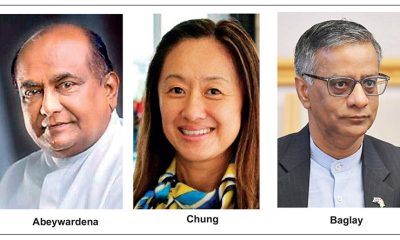
 Features2 days ago
Features2 days agoFinally, Mahinda Yapa sets the record straight
-
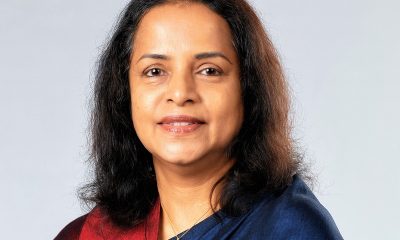
 Business6 days ago
Business6 days agoLOLC Finance Factoring powers business growth
-
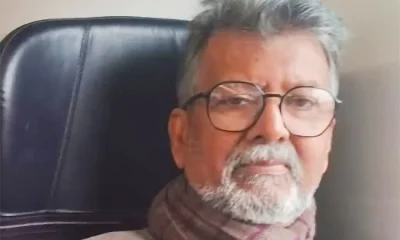
 News3 days ago
News3 days agoCyclone Ditwah leaves Sri Lanka’s biodiversity in ruins: Top scientist warns of unseen ecological disaster
-

 News6 days ago
News6 days agoCPC delegation meets JVP for talks on disaster response
-
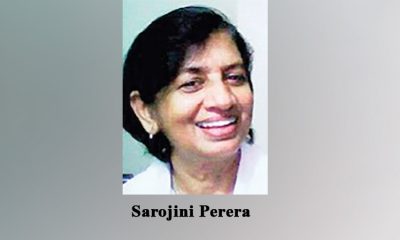
 News6 days ago
News6 days agoA 6th Year Accolade: The Eternal Opulence of My Fair Lady
-

 News4 days ago
News4 days agoRising water level in Malwathu Oya triggers alert in Thanthirimale
-
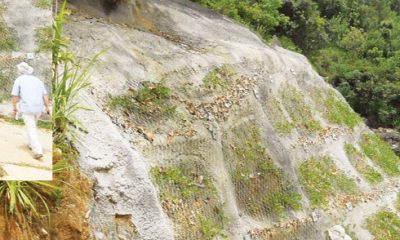
 Features5 days ago
Features5 days agoThe Catastrophic Impact of Tropical Cyclone Ditwah on Sri Lanka:










